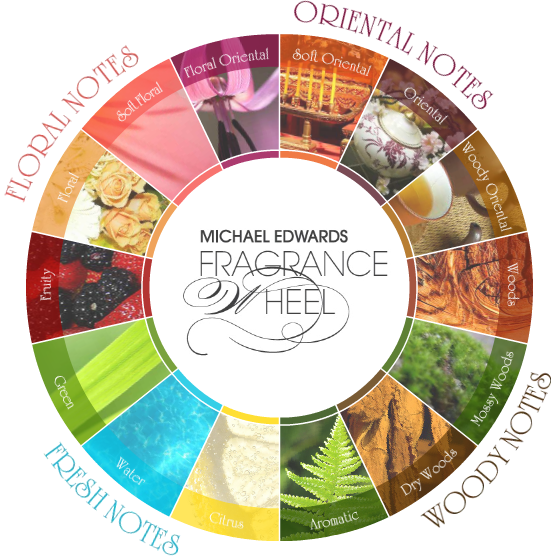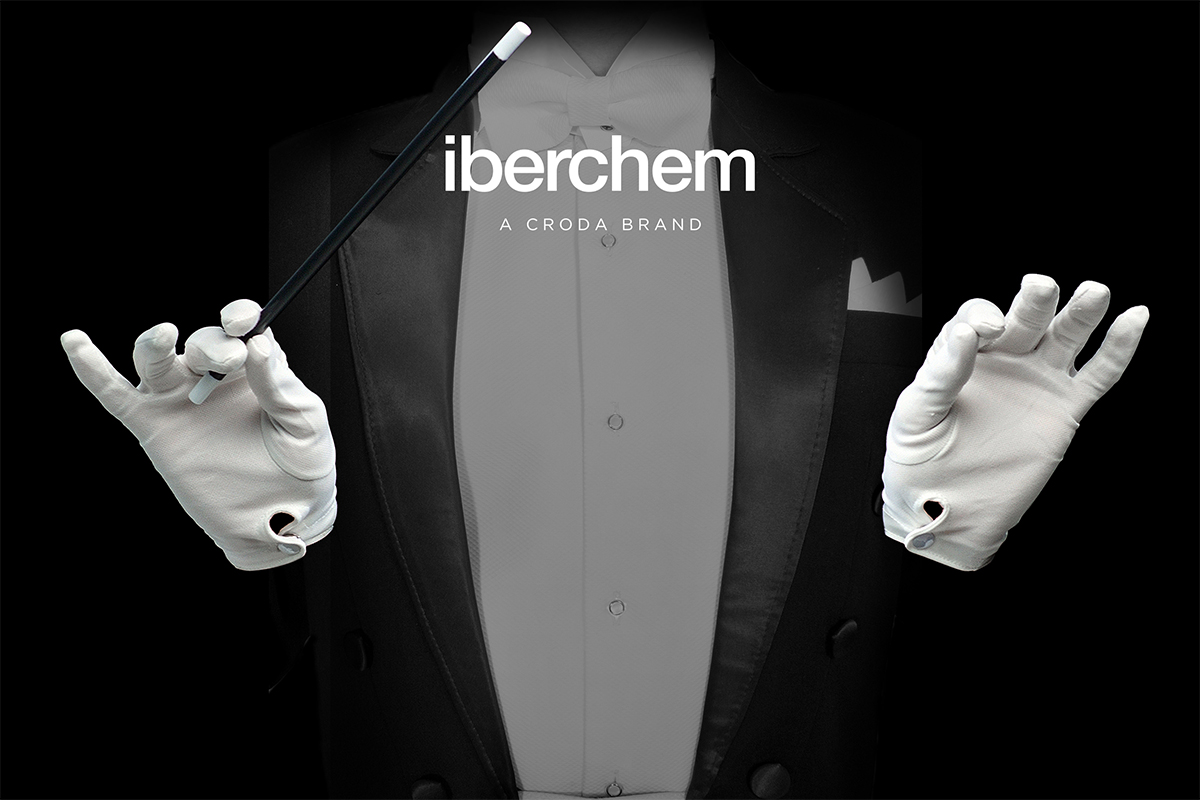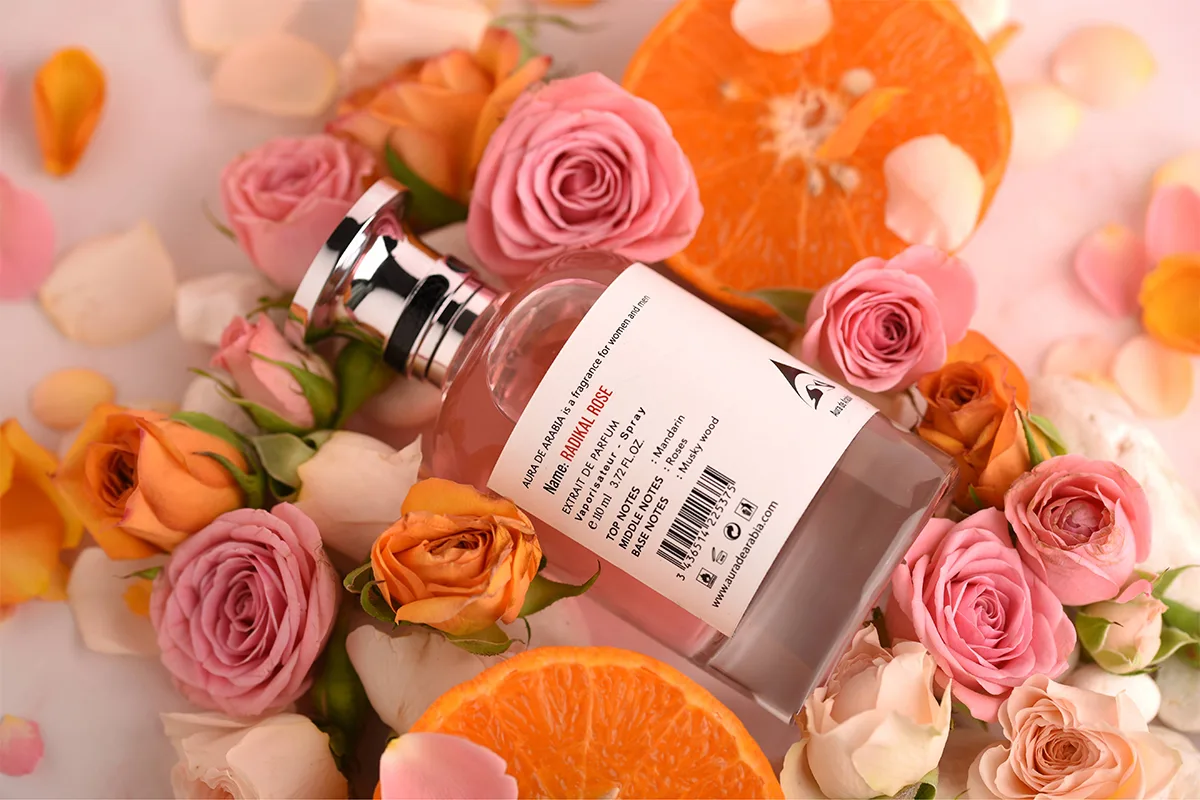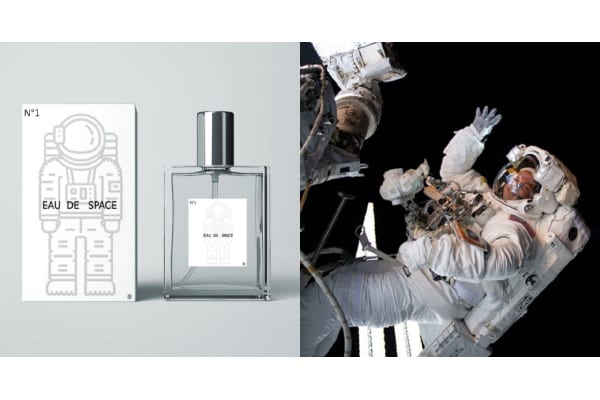In our previous issue, we explored how perfumes are classified according to the Fragrance Wheel. This time, we delve further into the wheel, starting with the popular group of Floral fragrances
Floral perfumes rank among one of the most traditional types of fragrances ever produced. Thus it comes as no surprise that floral perfumes are indicated as one of the main fragrance families in Michael Edwards’ well-appreciated Fragrance Wheel.

At the time of its origin, the wheel was developed with a vision to classify the extensive portfolio of fragrances. However, over the years, this chart designed to classify the numerous fragrances of past and present in clearly defined categories, has been modified many times to accommodate the extensive varieties.
Not all floral perfumes are alike, of course. This is why each of the four main fragrance families of Edwards’ Fragrance Wheel have been divided into several subgroups representing different aspects of the broader fragrance genre.
Moving on, we explore the floral family. The floral family of the wheel is divided into three subgroups, namely Floral, Soft Floral and Floral Oriental. The wheel is designed in a manner that each of the fragrance families and their corresponding subgroups are directly related to those situated immediately next to them. Thus, for example, Floral perfumes are in close connection to Soft Florals, which in turn lead to Floral Oriental fragrances.
The Classical Floral
Many of the world’s oldest perfumes can be found in the Floral subgroup. For example, in Arabic countries and in Asia, traditional perfumes called ‘attar’ have been manufactured for thousands of years. The attar is produced by distilling fragrant material, for example flowers, and blending the resulting essential oil with the rich woody sandalwood oil.
The perfumes in the Floral group may focus on only one particular flower, or they might be packed with the scents of multiple flowers to create a luxurious floral symphony. Many of the early European perfumes were composed of a single floral note (so called soliflores); for example jasmine, orange blossom, or rose – a practice still reflected in many of the classic attars.
Some of the most interesting Floral fragrances are however created by combining multiple flowers into one enchanting perfume. Even from the same flower, distinct characteristics can be obtained depending on the way the aromatic compounds are extracted from the material. This gives a perfumer the chance to create hundreds of unique fragrances drawing from the wonderful world of aromatic flowers.
Out of all floral perfumes launched in the recent years, Frederic Malle’s Carnal Flower is definitely one of the most noteworthy examples. The fragrance was developed by Dominique Ropion in 2005 to represent the ultimate floral experience. Carnal Flower seems to display a wide variety of different nuances depending on the occasion and one’s skin chemistry, but each time it is nevertheless intriguing.
 Carnal Flower is built around a heavy dose of tuberose. At first there is a subtle green note of tuberose, which is amplified by eucalyptus and light citrus notes. As the green aspect dries down, the intoxicating tuberose truly starts to shine, all the while being backed up by complementing notes of orange blossom and jasmine. The base is composed of coconut, melon, and white musk, which together with the floral notes create an experience of abundant luxury.
Carnal Flower is built around a heavy dose of tuberose. At first there is a subtle green note of tuberose, which is amplified by eucalyptus and light citrus notes. As the green aspect dries down, the intoxicating tuberose truly starts to shine, all the while being backed up by complementing notes of orange blossom and jasmine. The base is composed of coconut, melon, and white musk, which together with the floral notes create an experience of abundant luxury.
Introducing the Aldehydes
The next subgroup under the broader floral fragrance family is the so called Soft Florals. Perfumes of this group are created by adding aldehydes and powdery notes to a floral composition, and thus Soft Florals can be seen as a modern development of the age-old Floral genre. During the early twentieth century, the growing fascination with aldehydes aided in creating such classic Soft Florals as Chanel No. 5 and Arpege by Lanvin.
One of the merits of aldehydes is their ability to tie together different notes that otherwise would not create an agreeable blend. This often leads to highly sophisticated fragrances that are sometimes described as ‘abstract’ – that is to say, a work of art open to interpretation. 
Picking an honourable example of Soft Floral perfumes is a challenging task, but L’Interdit by Givenchy is often portrayed as one of the classics among this particular subgroup. The fragrance was commissioned by Hubert de Givenchy to his friend, the enchanting superstar Audrey Hepburn. The perfume was created by Francis Fabron in 1957, and reportedly Hepburn was so impressed with his creation that she wore it privately for several years before it was released for the public market.
L’Interdit opens with a splash of buttery rich aldehydes spiked with hints of strawberry and peach. As the fruity notes tone down, the massive floral core of the perfume emerges with carefully balanced whiffs of ylang-ylang, iris and rose. Aldehydes tie the floral notes together to create a youthful feminine impression, while hints of spices keep the scent interesting. As the florals dry down, a sweet powdery base of tonka beans, musk and amber emerge, creating a comforting outro for this ageless fragrance.
Spicy Sweet Orientals
The final subgroup of the floral family is called Floral Oriental. Here one can already detect the influence of the following broader fragrance family, the Orientals. Floral Orientals are composed mainly of oriental flowers such as orange blossom, sweet spices and an occasional touch of aldehydes.
One of the most interesting perfumes released last year, Hedonist by the award winning perfumer Viktoria Minya, is a prime example of Floral Orientals. Hedonist is a feminine perfume of the most exclusive kind. The beautiful round bottle is filled with hundreds of bohemian crystals that sparkle brilliantly within the pale golden liquid. In addition, the bottle is enclosed in a black, handmade and leather-like wooden box.
Hedonist opens with a faint note of peach and rum, and quickly shifts to a magnificent core of orange blossom and jasmine. The spiciness of Floral Orientals is derived from tobacco, cedar and vetiver. As the floral notes fade into the spicy base notes, an additional touch of vanilla helps to enclose the perfume into an extraordinary delicate mix of vanilla, tobacco and cedar. Hedonist is a unique and unforgettable experience, which you cannot but fall in love with.









Add Comment